Choosing the Right
Oil Color Paints 🎨
Whether you’re a budding artist stepping into the vibrant world of oil painting or a seasoned professional looking to refine your toolkit, selecting the right oil color paint can significantly impact your artwork.

Understanding Oil Paints
Before we dive into the specifics of choosing oil paints, let’s first understand what they are. Oil paints are pigments suspended in a drying oil, typically linseed oil. They are known for their rich, buttery texture and slow-drying properties, which allow artists to work on their paintings over an extended period.
Factors to Consider When Choosing Oil Paints

Pigment Quality
The quality of pigments used in oil paints can vary greatly. High-quality pigments are more expensive but offer better color vibrancy, opacity, and lightfastness (resistance to fading). When choosing oil paints, look for those labeled as “artist quality” or “professional grade.”
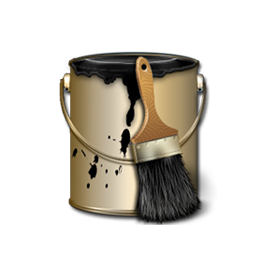
Brand Reputation
Reputable brands have a long-standing history of producing high-quality oil paints. Some of the most popular and respected brands include:
- Winsor & Newton 🇬🇧
- Gamblin 🇺🇸
- Rembrandt 🇳🇱
- Williamsburg 🇺🇸
- Old Holland 🇳🇱

Color Range
Different brands offer varying color ranges. Consider the colors you need for your specific projects and ensure the brand you choose offers a comprehensive selection.

Opacity and Transparency
Oil paints can be either opaque or transparent. Opaque paints have a higher pigment load and cover surfaces more effectively, while transparent paints allow underlying layers to show through. Choose paints based on your desired effects.

Consistency
Oil paints can come in different consistencies, ranging from thick and buttery to thinner and more fluid. Consider your personal preferences and painting techniques when selecting the desired consistency.

Drying Time
Oil paints can have different drying times depending on the type of oil used. Some artists prefer slower-drying paints for more extended working times, while others prefer faster-drying paints for layering or glazing techniques.
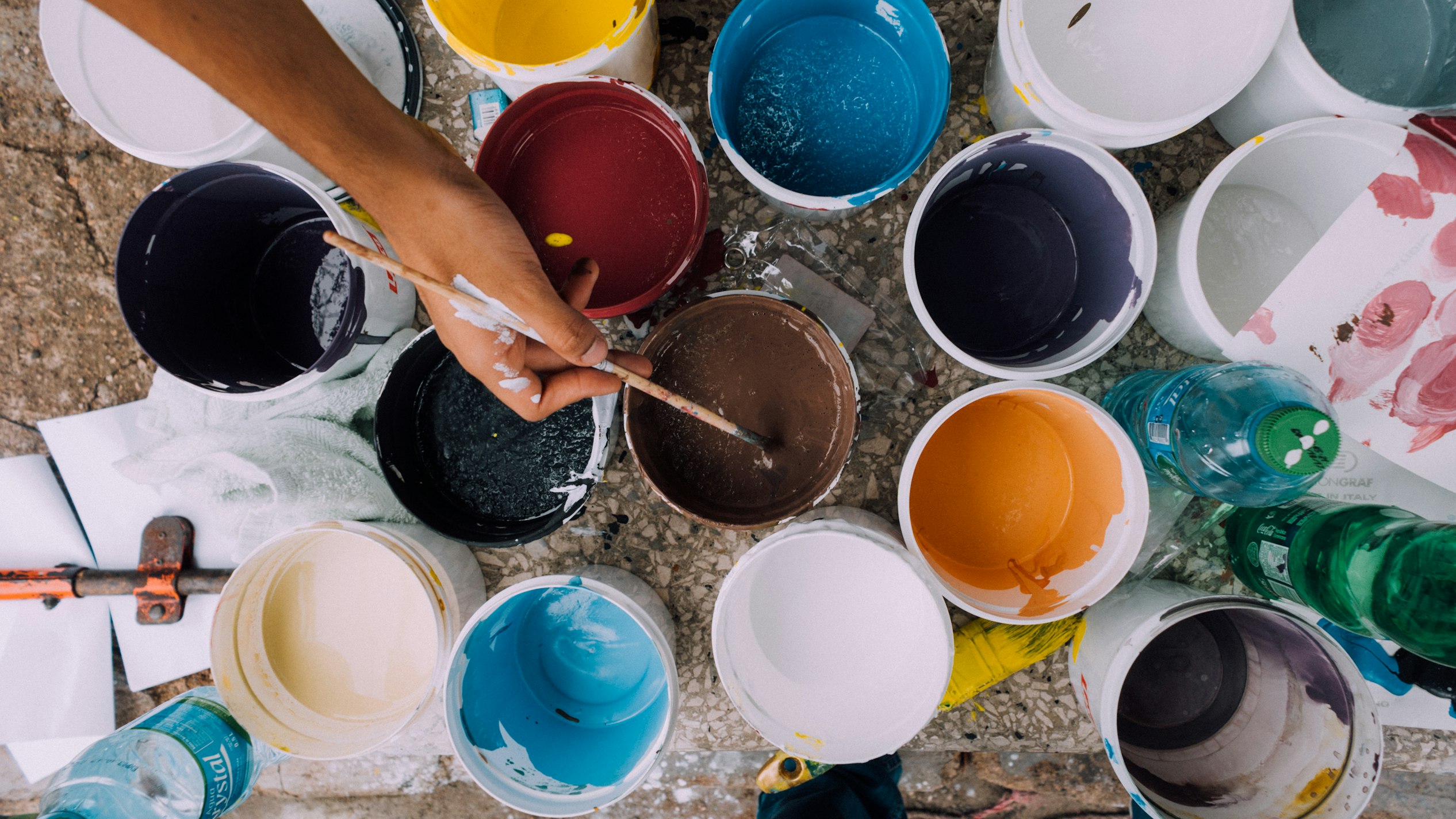
Why Choose Oil Paints?
Oil paints have long been favored by artists for their unique properties and versatility. Here are some compelling reasons why you might choose to work with oil paints:
Depth and Richness
Oil paints have a distinct richness and depth of color that is unmatched by other mediums. The pigments suspended in oil produce vibrant, luminous colors that can be mixed and blended seamlessly.
Slow Drying Time
The slow-drying nature of oil paints allows artists to work on their paintings over an extended period, making it easier to blend, layer, and create intricate details. This flexibility is particularly valuable for complex compositions or techniques like glazing.
Versatility
Oil paints can be used on various surfaces, including canvas, wood, paper, and more. They can also be thinned with mediums like turpentine or linseed oil, allowing for different techniques and effects.
Longevity
When properly cared for, oil paintings can last for centuries without significant fading or deterioration. Many masterpieces from the Renaissance era are a testament to the longevity of this medium.
Texture and Impasto
Oil paints offer the ability to create thick, textured strokes and impasto techniques, adding depth and dimension to your artwork. This versatility allows for a wide range of expressive styles.
Blending and Layering
The slow-drying properties of oil paints make it easy to blend colors directly on the canvas or palette, as well as layer successive coats of paint, creating depth and complexity.
While oil paints require more patience and specific materials (like solvents and mediums), their rich history, versatility, and enduring quality make them a favored choice among artists worldwide. Whether you’re a beginner or a seasoned professional, exploring the world of oil paints can open up a realm of creative possibilities. 🖼️
With the vast array of oil paints available in the market, selecting the right ones can be a daunting task. Here are some tips to help you make an informed choice:
Determine Your Skill Level
If you’re a beginner, consider starting with student-grade or introductory oil paints. These are more affordable and can help you get a feel for the medium before investing in professional-grade paints. As your skills progress, you can gradually upgrade to artist-quality paints.
Consider Your Subject Matter
Different subjects and styles may require different types of oil paints. For example, if you’re painting landscapes, you might need more transparent paints to create atmospheric effects, while portraiture may require opaque paints for better coverage.
Check the Pigment Quality
High-quality pigments are more lightfast (resistant to fading) and have better tinting strength and coverage. Look for paints labeled as “artist quality,” “professional grade,” or “permanent pigments.”
Evaluate the Color Range
Ensure that the brand you choose offers a comprehensive range of colors to suit your needs. Some brands may have a more extensive selection of specific hues, such as earth tones or cadmium colors.
Test the Consistency
Oil paints can vary in consistency, from thick and buttery to thin and fluid. Different consistencies may suit different painting techniques or personal preferences. Test out a few samples to find the consistency that works best for you.
Consider the Drying Time
Faster-drying paints may be preferable if you like to work in layers or glazes, while slower-drying paints allow for more extended working times and blending.
Read Reviews and Seek Recommendations
Research online reviews and seek recommendations from fellow artists or art instructors. Their experiences can provide valuable insights into the performance and quality of different brands and types of oil paints.
Remember, choosing the right oil paint is a personal process that may involve some experimentation. Don’t be afraid to try out different brands and types until you find the ones that best suit your artistic style and needs. 🎨🖼️
Popular Oil Paint Series
Many brands offer different series of oil paints, each catering to specific needs and budgets. Here are some popular series to consider, along with their benefits:
Winsor & Newton Artists' Oil Color
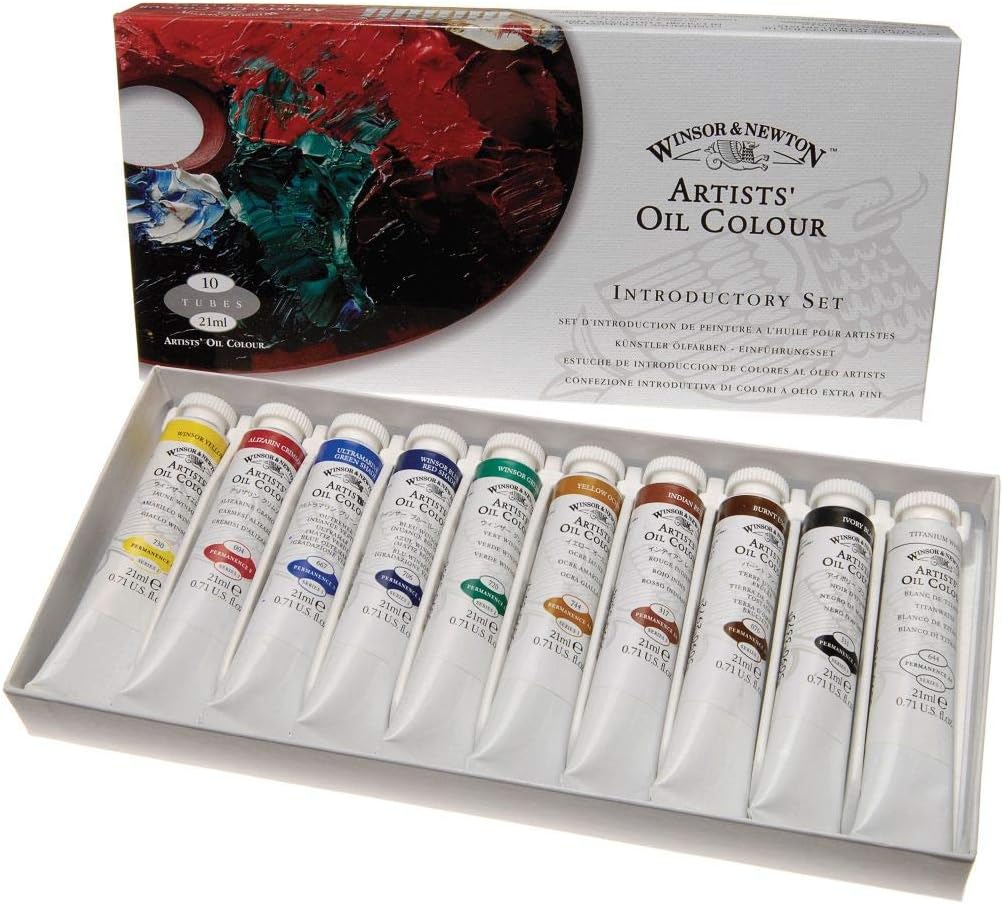
A professional-grade range known for its exceptional quality and color vibrancy.
- Vibrant colors
- Excellent lightfastness
- Smooth consistency.
Gamblin Artists' Grade
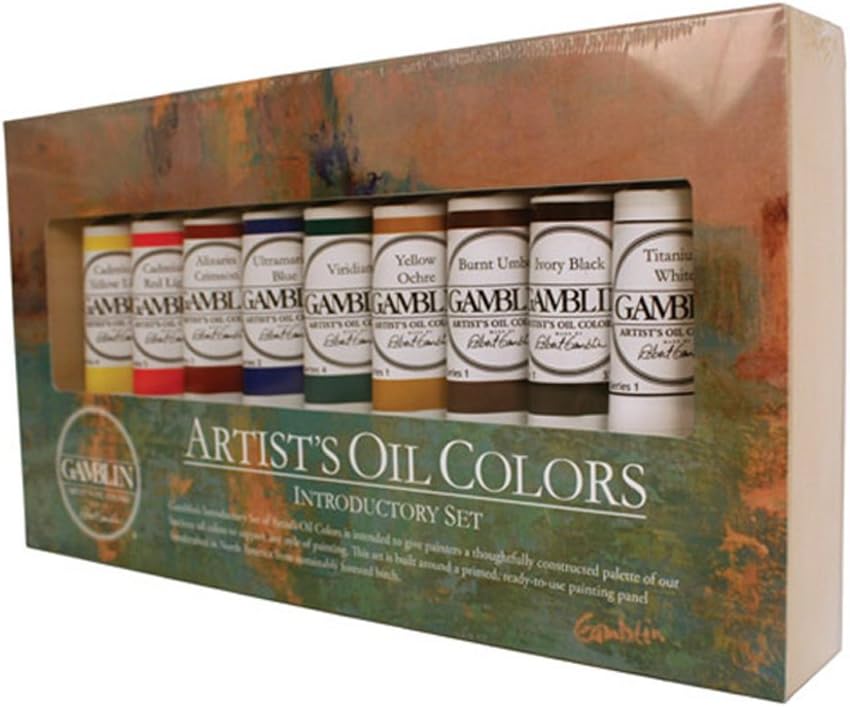
Renowned for their innovative formulations and exceptional performance.
- High-quality pigments
- Unique color offerings
- Excellent working properties
Rembrandt Traditional Oil Colors
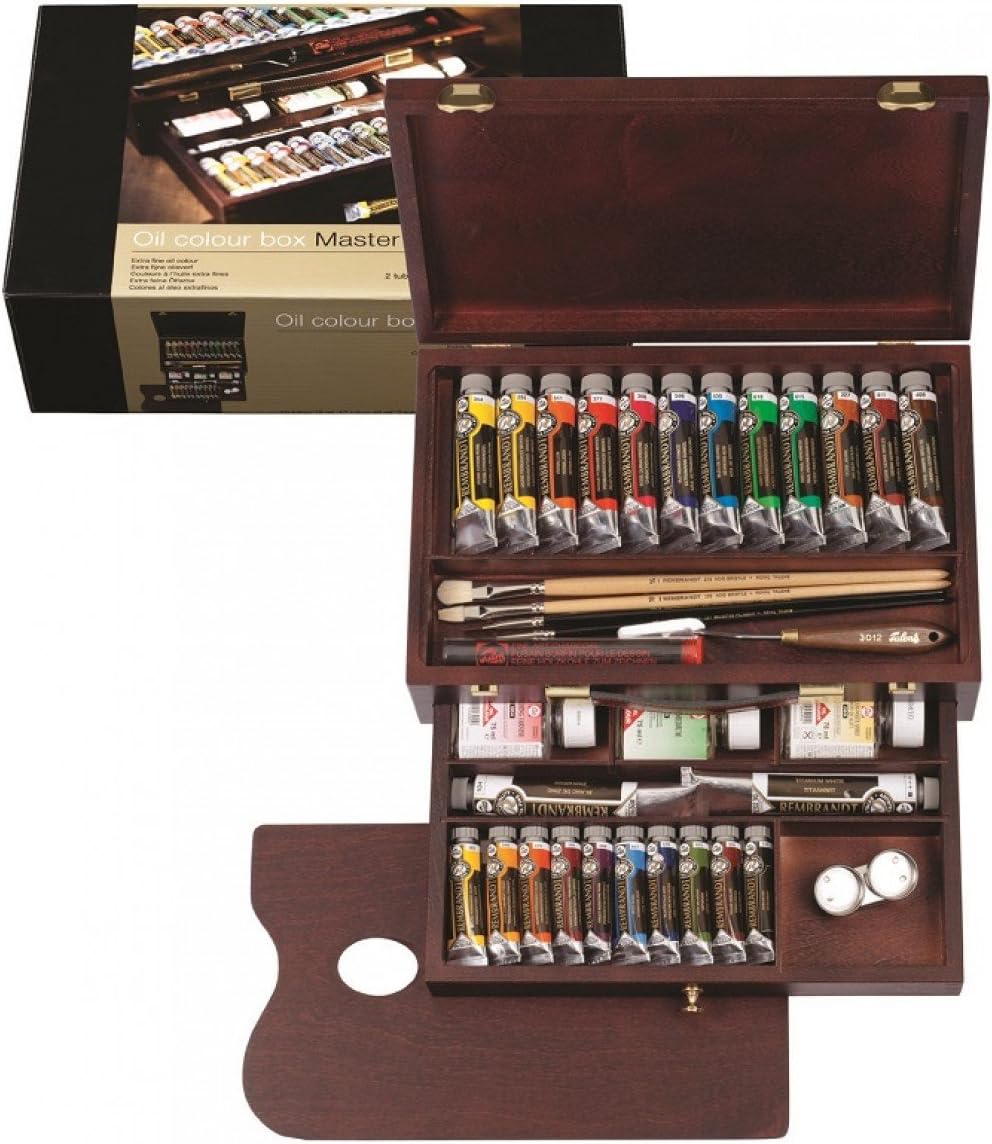
A classic line that offers a wide range of colors and excellent lightfastness.
- Rich colors
- Exceptional lightfastness
- Affordable for professional-grade paints
Gamblin 1980 Oil Colors
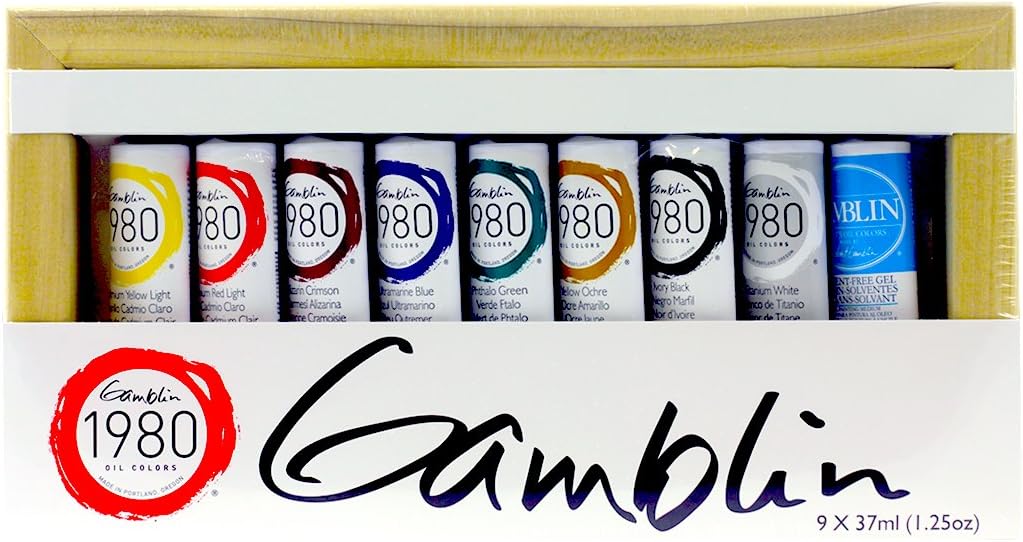
A student-grade line from Gamblin that offers excellent quality at a lower cost.
- High-quality pigments
- Good lightfastness
- Smooth consistency for a student-grade line
Lukas Berlin Oil Colors
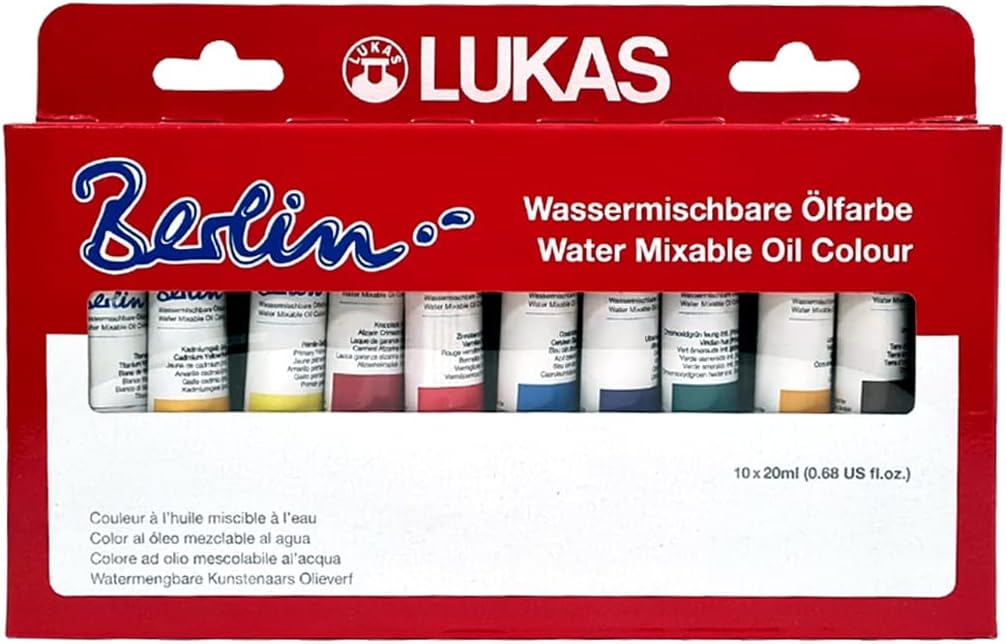
A German brand known for its high-quality pigments and unique color offerings.
- Extensive color range, including rare and historical pigments
- Excellent lightfastness
M. Graham & Co. Oil Colors
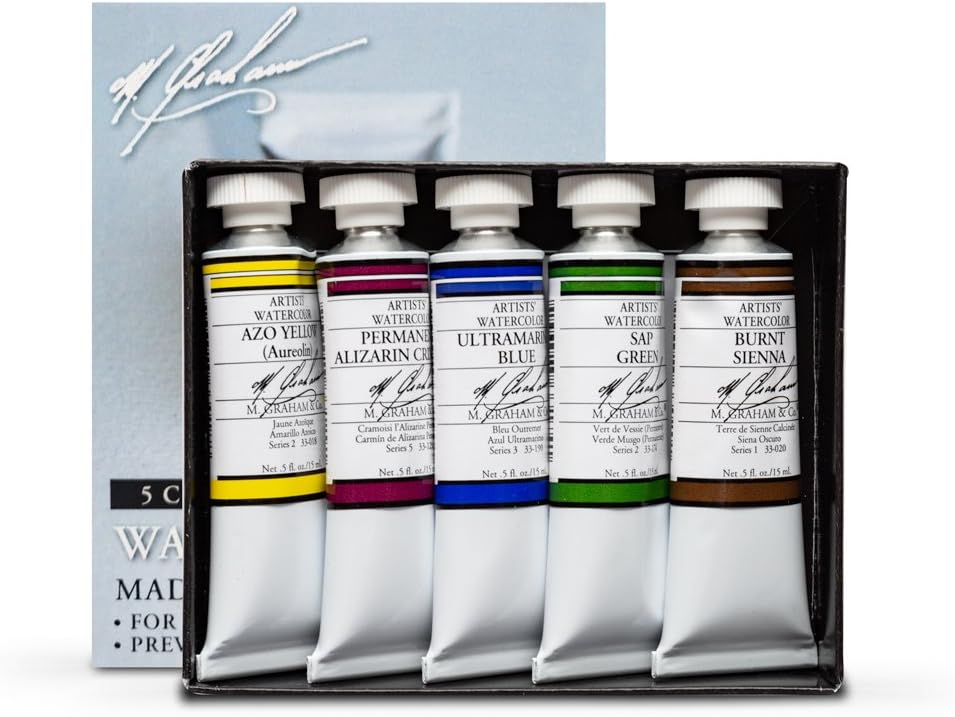
A line that focuses on using walnut oil as a binder, resulting in a unique working texture.
- Smooth and buttery consistency
- Extended working time
- Unique color properties
Williamsburg Handmade Oil Colors
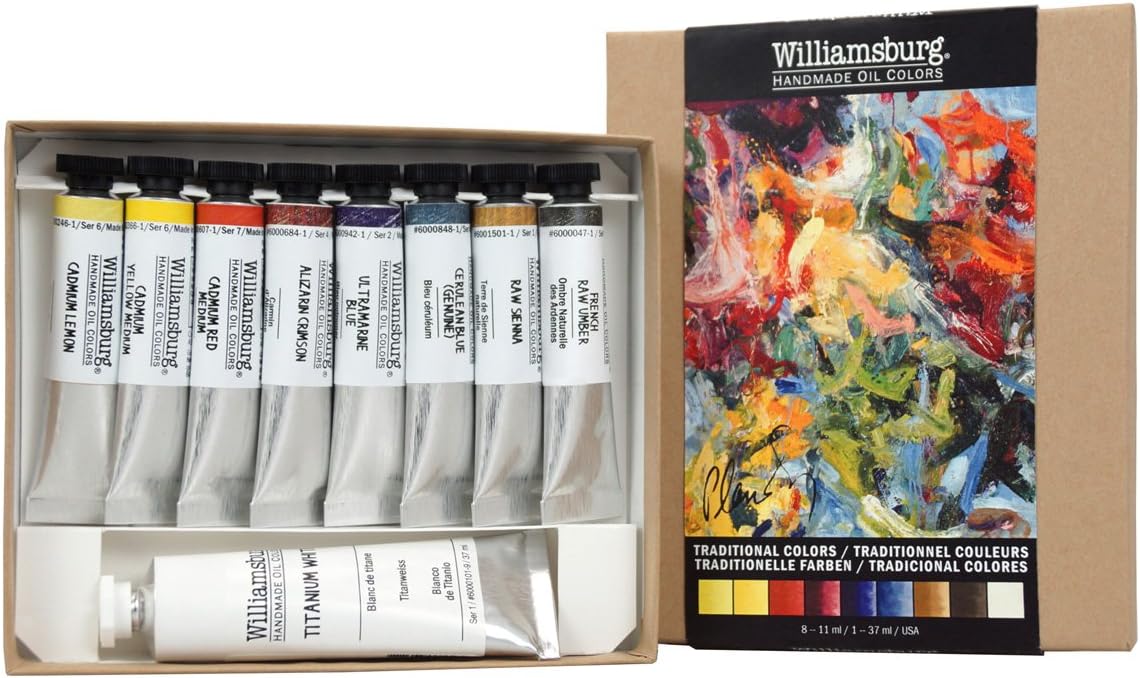
A premium line that uses historical pigments and traditional grinding methods.
- Authentic color reproduction
- Superior archival quality
- Unique color offerings
Old Holland Classic Oil Colors
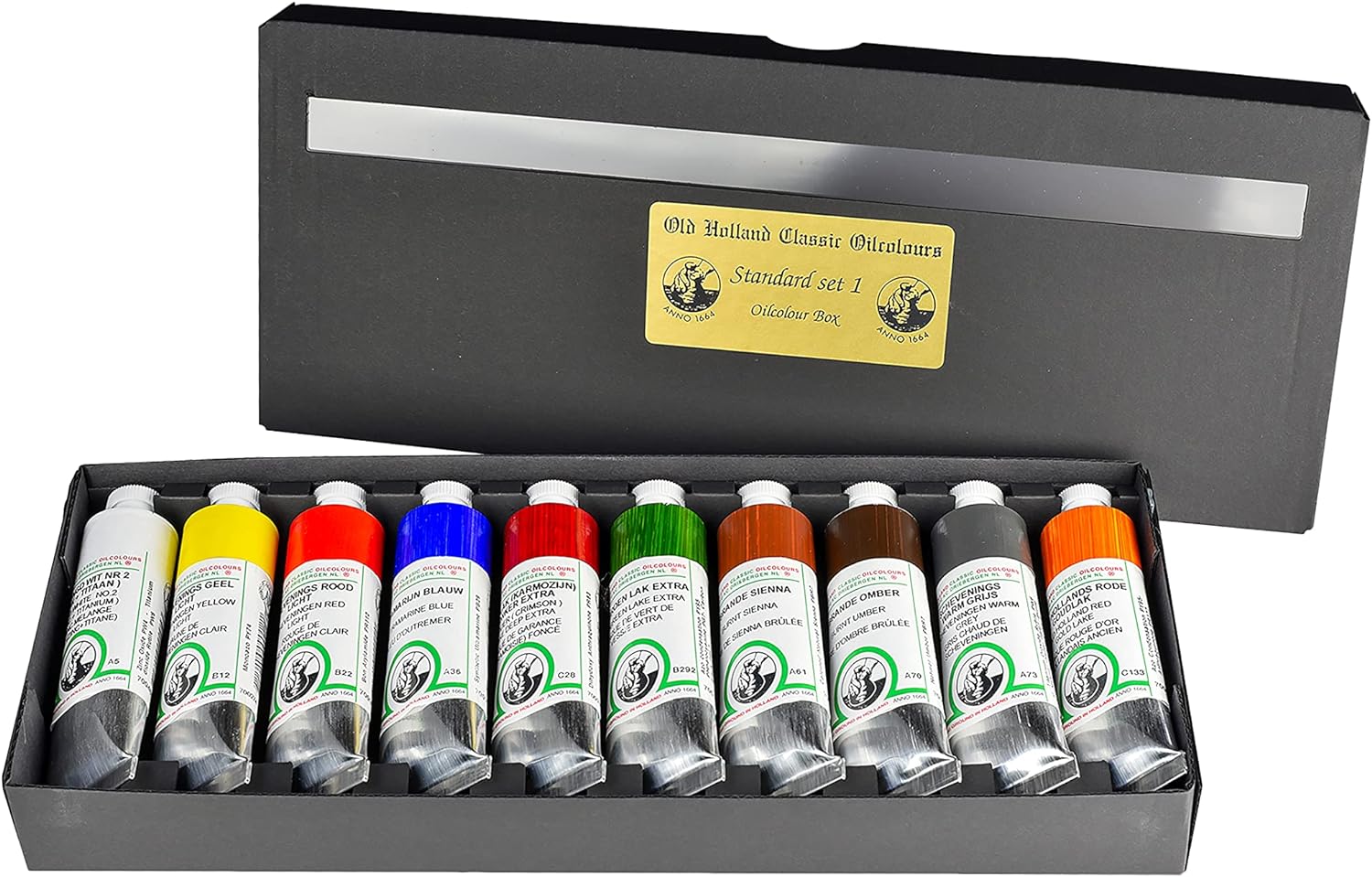
A Dutch brand renowned for its high-quality pigments and rich colors.
- Vibrant and luminous colors
- Excellent lightfastness
- Buttery consistency
Winsor & Newton Winton Oil Color
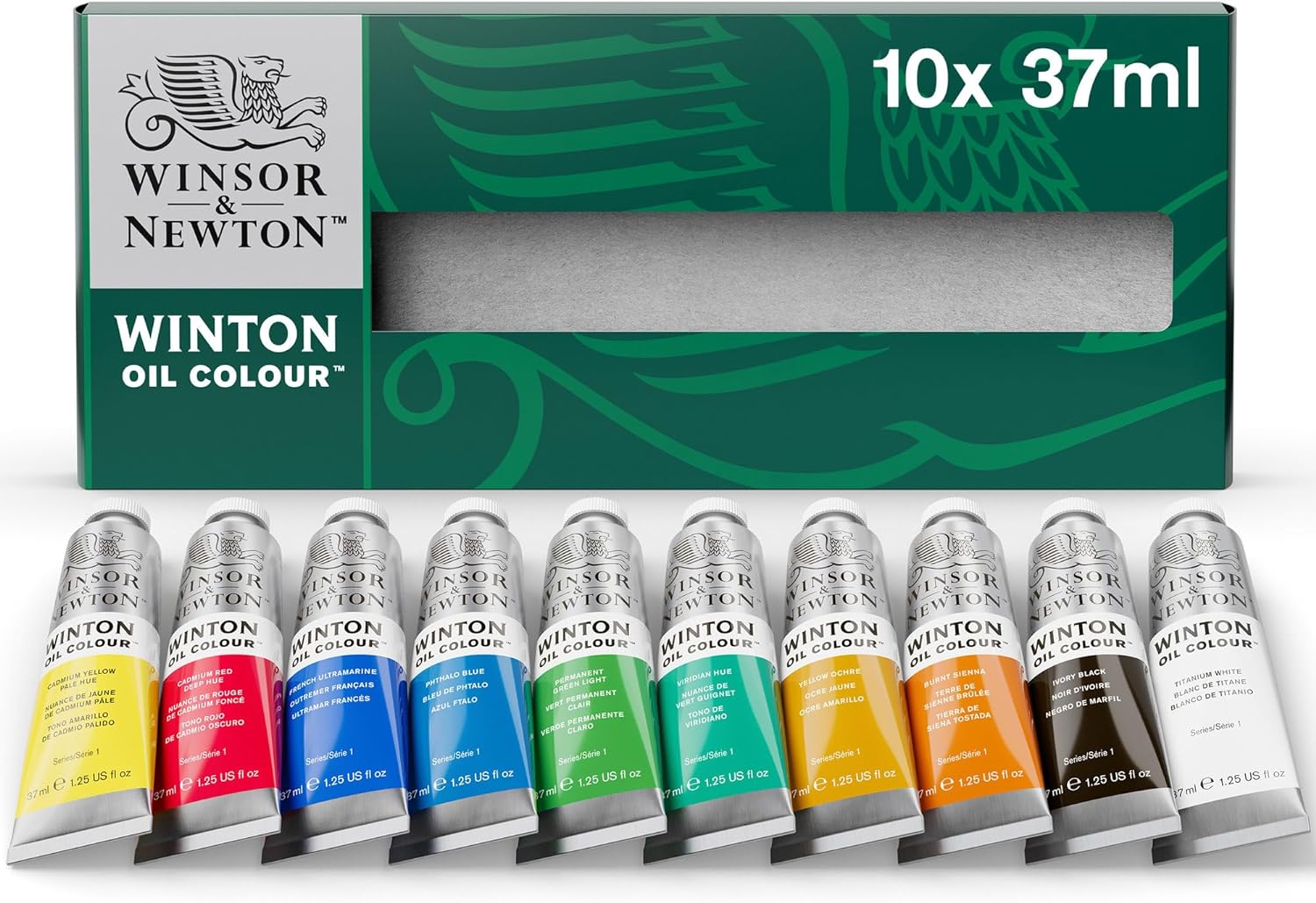
An affordable student-grade line ideal for beginners.
- Good quality at an economical price point
- Suitable for learning and experimentation
Shopping Tips and Considerations
When it comes to purchasing oil paints, there are a few tips and considerations to keep in mind:
Buy from Reputable Art Supply Stores
Purchase your oil paints from well-established art supply stores or trusted online retailers. This ensures that you're getting authentic, high-quality products and not counterfeit or expired paints.
Check Expiration Dates
Oil paints can have a shelf life of several years, but it's always a good idea to check the expiration dates before purchasing, especially for older stock or clearance items.
Consider Buying Sets or Bundles
Many brands offer oil paint sets or bundles that can be a cost-effective way to start or expand your collection. These sets often include a variety of colors and may include additional supplies like brushes or mediums.
Invest in High-Quality Brushes and Supplies
While it's tempting to save money on brushes and other supplies, investing in high-quality tools can make a significant difference in your painting experience and the overall quality of your work.
Start Small and Expand Gradually
If you're a beginner, it's advisable to start with a smaller set of essential colors and gradually expand your collection as you gain more experience and develop your personal preferences.
Consider Buying Individual Tubes
Once you've identified the colors you frequently use, consider buying individual tubes rather than sets. This allows you to replenish your favorite colors without having to buy duplicates of colors you may not use as often.
Beginner's Starter Set
If you’re just starting with oil painting, consider investing in a beginner’s starter set. These sets typically include a selection of essential colors, a few brushes, and sometimes other supplies like a palette and mediums. Here’s an example of a beginner’s starter set:
Remember, starting with a beginner’s set can help you explore the medium without a significant investment, and you can gradually expand your collection as your skills and preferences evolve. 🎨🖼️
- Titanium White
- Cadmium Yellow
- Cadmium Red
- Alizarin Crimson
- Ultramarine Blue
- Ivory Black
- Burnt Sienna
- Synthetic Brushes (Flat, Round, and Filbert)
- Palette Knife
- Palette
- Linseed Oil
- Odorless Mineral Spirits
